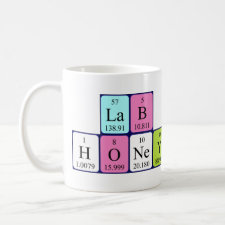
Authors: Liu RH, Cui QL, Wang C, Wang XY, Yang Y, Li LD
Article Title: Preparation of Sialic Acid-Imprinted Fluorescent Conjugated Nanoparticles and Their Application for Targeted Cancer Cell Imaging.
Publication date: 2017
Journal: ACS Applied Materials & Interfaces
Volume: 9
Issue: (3)
Page numbers: 3006-3015.
DOI: 10.1021/acsami.6b14320
Abstract: Fluorescent conjugated polymer nanoparticles have attracted great interest for applications in biological imaging owing to their excellent optical properties and low cytotoxicity; however, a lack of effective targeting limits their use. In this work, we design and synthesize a fluorescent conjugated polymer modified with a phenylboronic acid group, which can covalently bind with cis-diol-containing compounds, such as sialic acid (SA), by forming a cyclic ester. However, the obtained conjugated polymer nanoparticles failed to discriminate between cancer cells, with or without SA overexpressed surfaces (such as DU 145 and HeLa cells, respectively). To address this problem, we introduced SA template molecules into the polymer nanoparticles during the reprecipitation process and then removed the template by adjusting the solution pH. The SA-imprinted nanoparticles showed a uniform size around 30 nm and enhanced fluorescence intensity compared with unmodified polymer nanoparticles. The SA-imprinted nanoparticles exhibited selective staining for DU 145 cancer cells and did not enter HeLa cells even after long incubation times. Thus, we present a facile method to prepare fluorescent nanoparticles for applications in targeted cancer cell imaging
Template and target information: sialic acid, SA
Author keywords: cellular imaging, conjugated polymer, fluorescence, phenylboronic acid, sialic acid



Join the Society for Molecular Imprinting

New items RSS feed
Sign-up for e-mail updates:
Choose between receiving an occasional newsletter or more frequent e-mail alerts.
Click here to go to the sign-up page.
Is your name elemental or peptidic? Enter your name and find out by clicking either of the buttons below!
Other products you may like:
 MIPdatabase
MIPdatabase









